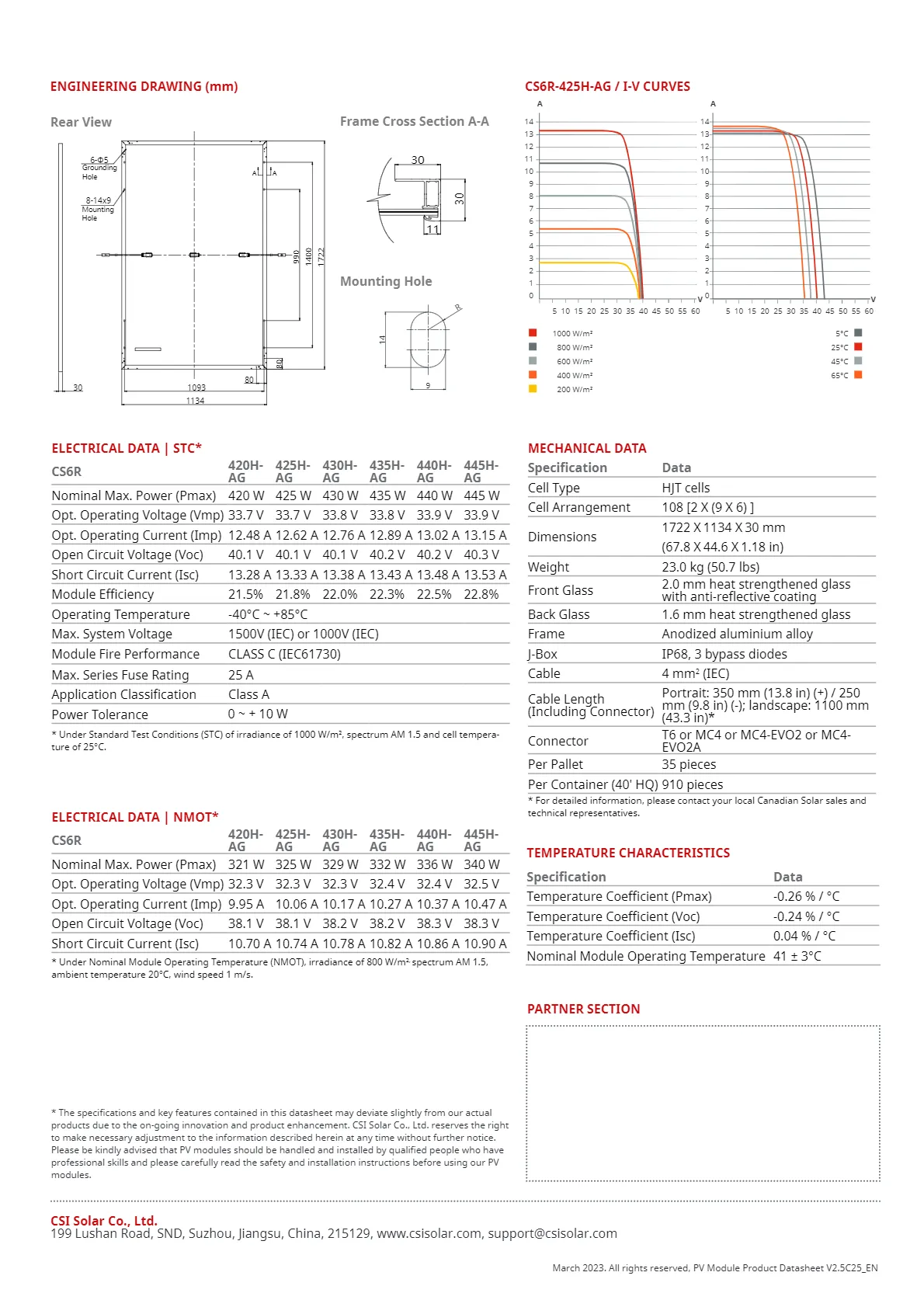Trends in Solar Panel Efficiency Improvements Through the Years
The Evolution of Solar Panel Efficiency Over the Years
Solar energy has become a cornerstone of the global move toward sustainable and renewable energy sources. Central to this evolution is the continuous improvement in solar panel efficiency. The efficiency of solar panels, which refers to the percentage of solar energy that can be converted into usable electricity, has seen significant advancements since the first photovoltaic cells were developed. This article explores the progress of solar panel efficiency over the years, highlighting key developments and future trends.
The journey of improving solar panel efficiency began in the 1950s, when the first practical photovoltaic cell was created by Bell Labs. This initial solar cell had a modest efficiency of about 6%. Despite seeming low by today’s standards, it sparked interest and research into solar technology. The following decades saw advancements driven by various factors, including the oil crises of the 1970s which increased the push for alternative energy sources. By the mid-1980s, efficiencies reached around 10%, opening the door for more widespread applications.
The 1990s marked a significant shift in solar technology with the introduction of multi-junction solar cells. These cells utilize multiple layers of semiconductor materials to capture a broader spectrum of sunlight. The advent of these multi-junction cells allowed for efficiencies to exceed 20%, making them ideal for space applications where maximizing output is critical. This era also saw the rise of research institutions and companies focused on enhancing solar technology, leading to a surge in innovations.
As we moved into the 21st century, further breakthroughs were achieved. The advent of new materials and manufacturing techniques revolutionized solar panel construction. For instance, the introduction of thin-film technologies allowed for the production of lightweight and flexible solar panels, although they initially trailed behind traditional silicon panels in terms of efficiency. However, as research progressed, some thin-film technologies began to demonstrate efficiencies as high as 16%, making them a competitive option for certain applications.
solar panel efficiency over the years

One of the most notable advancements in solar panel efficiency occurred around 2010, when ongoing research resulted in efficiencies surpassing 25% in laboratory settings using advanced materials like perovskite and multi-junction designs. The use of bifacial solar panels—capable of capturing sunlight from both sides—also contributed to efficiency gains by optimizing energy output from available sunlight.
Today, the average efficiency of commercially available solar panels ranges from about 15% to 22%, depending on the technology. Premium products, particularly those incorporating cutting-edge materials and designs, may even exceed 23%. Moreover, the continued refinement in manufacturing processes and economies of scale have led to significant cost reductions, making solar panels more accessible to consumers and businesses alike.
Looking to the future, the potential for further efficiency gains is promising. Researchers are exploring innovative materials such as organic photovoltaics and perovskite compounds, which could push efficiency beyond 30% while also reducing production costs. Additionally, integration with emerging technologies, such as artificial intelligence and machine learning, may lead to more optimized energy generation and management systems.
In conclusion, the evolution of solar panel efficiency has been marked by significant milestones and innovations over the decades. From humble beginnings with single-junction cells to the sophisticated multi-junction and bifacial technologies of today, the advancements in solar panel efficiency demonstrate a relentless pursuit of harnessing the sun's energy more effectively. With sustainability becoming increasingly critical, the future of solar energy appears brighter than ever, promising a cleaner, more sustainable energy landscape for generations to come. The journey continues as researchers and industry leaders strive to push the boundaries of what is possible in solar technology.
-
Unlocking Energy Freedom with the Off Grid Solar InverterNewsJun.06,2025
-
Unlock More Solar Power with a High-Efficiency Bifacial Solar PanelNewsJun.06,2025
-
Power Your Future with High-Efficiency Monocrystalline Solar PanelsNewsJun.06,2025
-
Next-Gen Solar Power Starts with Micro Solar InvertersNewsJun.06,2025
-
Harnessing Peak Efficiency with the On Grid Solar InverterNewsJun.06,2025
-
Discover Unmatched Efficiency with the Latest String Solar InverterNewsJun.06,2025







